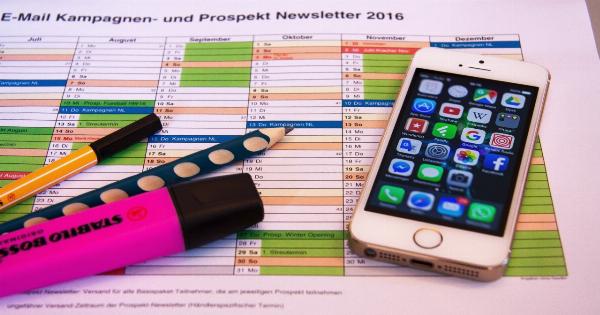Partial urine incontinence, also known as urinary leakage, is a common condition that affects millions of people worldwide. It refers to the involuntary leaking or dribbling of urine, which can be embarrassing and have a negative impact on daily life.
However, there are effective ways to manage partial urine incontinence and improve the quality of life for those experiencing this condition. This article will explore some of these strategies and provide practical tips to help individuals with partial urine incontinence regain control.
1. Pelvic Floor Exercises
Pelvic floor exercises, also known as Kegel exercises, are a crucial part of managing partial urine incontinence. These exercises help strengthen the pelvic floor muscles, which play a significant role in bladder control.
By regularly performing pelvic floor exercises, individuals can improve muscle strength and decrease the frequency of urinary leakage episodes.
2. Maintain a Healthy Weight
Excess weight can put additional pressure on the bladder, exacerbating urine leakage. By maintaining a healthy weight through a balanced diet and regular physical activity, individuals can reduce the strain on their bladder and improve bladder control.
Additionally, weight loss can lead to an overall improvement in health and well-being.
3. Monitor Fluid Intake
Monitoring fluid intake can be beneficial for managing partial urine incontinence. While it is essential to stay hydrated, excessive fluid intake can overwhelm the bladder, leading to increased urinary leakage.
Understanding personal tolerance levels and adjusting fluid intake accordingly can help prevent urgent or frequent bathroom trips.
4. Avoid Trigger Foods and Beverages
Certain food and beverages can act as bladder irritants and worsen urinary incontinence symptoms. It is essential to identify and avoid individual trigger foods, which may include caffeine, alcohol, spicy foods, artificial sweeteners, and acidic fruits.
Making dietary modifications by eliminating or reducing these triggers can help manage partial urine incontinence.
5. Schedule Bathroom Visits
Creating a schedule for bathroom visits can aid in managing partial urine incontinence. By urinating at regular intervals, individuals can train their bladder to hold urine for longer periods, reducing the likelihood of leakage episodes.
Gradually increasing the time intervals between bathroom visits can help improve bladder control over time.
6. Use Absorbent Products
Absorbent products, such as pads or adult diapers, can provide reassurance and confidence to individuals experiencing partial urine incontinence.
These products are discreet, comfortable, and offer protection against leakage, allowing individuals to carry on with their daily activities without worry.
7. Seek Professional Help
If managing partial urine incontinence becomes challenging, it is essential to seek professional help.
Healthcare providers, such as urologists or continence nurses, can provide expert guidance, recommend personalized treatment plans, and suggest appropriate medical interventions if necessary. Openly discussing symptoms and concerns with a healthcare professional is a valuable step towards effectively managing urine leakage.
8. Apply Behavioral Techniques
Behavioral techniques, such as bladder training and double voiding, can significantly help manage partial urine incontinence.
Bladder training involves gradually increasing the time between bathroom visits, while double voiding refers to urinating, waiting a few moments, and then attempting to urinate again to empty the bladder more completely. These techniques can improve bladder control and reduce urine leakage episodes.
9. Stay Physically Active
Regular physical activity not only contributes to maintaining a healthy weight but also helps strengthen the pelvic floor muscles. Engaging in activities such as walking, swimming, or yoga can enhance muscle tone and improve bladder control.
Physical activity also offers additional benefits for overall health and well-being.
10. Practice Stress Management
Stress can exacerbate partial urine incontinence symptoms. Engaging in stress management techniques, such as deep breathing exercises, meditation, yoga, or seeking counseling, can help reduce anxiety levels and improve bladder control.
Additionally, managing stress positively impacts overall mental and physical health.
Conclusion
Managing partial urine incontinence is possible through a combination of lifestyle modifications, exercises, behavioral techniques, and professional guidance.
By incorporating these effective strategies into daily life, individuals experiencing urine leakage can regain control, improve bladder function, and enhance their overall quality of life.































